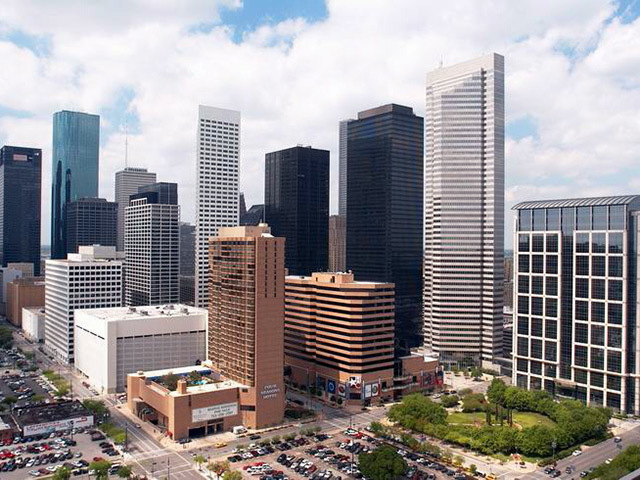
Oil market analysts are debating if oil will fall to $50. In North Dakota, prices are already there.
Crude sold at the wellhead in the Bakken shale region in North Dakota fell to $49.69 a barrel on November 28, according to the marketing arm of Plains All American (PAA) Pipeline LP.
That’s down 47% from this year’s peak in June, and 29% less than the $70.15 paid for Brent, the global benchmark.
The cheaper price for North Dakota crude underscores how geographic and logistical hurdles can amplify the stress that plunging futures prices have put on drillers in new shale plays that have helped push US oil production to the highest level in 31 years.
Other booming areas such as the Niobrara in Colorado and the Permian in Texas have also seen large discounts to Brent and US benchmark West Texas Intermediate.
“You have gathering fees, trucking, terminaling, pipeline and rail fees,” Andy Lipow, president of Lipow Oil Associates LLC in Houston, said December 2. “If you’re selling at the wellhead, you’re getting a very low number relative to WTI.”
Discounted prices at the wellhead have been exacerbated by a 39% drop in Brent futures since June 19 to $69.92 a barrel yesterday.
Prices have fallen as global demand growth fails to keep pace with surging oil production from the US and Canada.
Much of that new output is coming from areas that are facing steep discounts. Bakken crude was posted at $50.44 a barrel December 2.
Crude from Colorado’s Niobrara shale was priced at $54.55, according to Plains. Eagle Ford crude cost $63.25, and oil from the Oklahoma panhandle was $58.25.
Discounts for all crudes are based on two things, location and quality, according to John Auers, executive vice president at Dallas-based energy consulting firm Turner Mason & Co.
Most US refiners are along the coasts, which gives them a choice between oil pumped from wells in the middle of the country or foreign crude that can be delivered to the plant on a tanker.
That means the producer has to charge less, to make up for whatever it costs to transport it to the plant. In the Eagle Ford, that just means a few dollars to get to a pipeline that can cheaply push it 100 miles or so to Corpus Christi, Texas.
It’s more complicated in places like North Dakota, Colorado or Wyoming, where there is limited pipeline capacity. Producers have to fill rail cars with crude and pay $10 to $15 a barrel for them to be pulled a thousand miles or more to the coasts.
Brent rose 61 cents, or 0.9%, to $70.53 a barrel on the London-based ICE Futures Europe exchange at 12:24 Singapore time. WTI added 65 cents to $68.03.
“To a producer in Wyoming, if Brent’s $70 then I’m at $50, then I have to start asking does it economically make sense to keep drilling,” Auers said. “They might start reallocating capital, you might see projects slowed or shut down.”
Transportation discounts don’t last forever. WTI, priced at Cushing, Oklahoma, traded almost $28 a barrel below Brent in October 2011. Companies built new pipelines and reversed old ones to allow Cushing oil to cheaply get to the Texas coast, and now the discount is less than $3.
In West Texas’s Permian Basin, the nation’s largest oil field, prices at a hub in Midland dropped to as much as $21 a barrel less than WTI this year as production growth overwhelmed the pipeline system. It’s narrowed to less than $1 as new pipes recently came online.
The same thing is happening in North Dakota, where the Bakken shale produces 1.12 million barrels of oil a day. At the end of last year, there was only space for 583,000 barrels daily to leave the state on pipelines. That’s forecast to grow to 773,000 by the end of this year and to as much as 1.7 million barrels a day by the end of 2017, according to the state’s Pipeline Authority.
One possible effect of lower prices is that companies may focus their spending on places where the infrastructure already exists or is on the way, said Carl Larry, a Houston-based director of oil and gas at Frost & Sullivan.
“Places that are just starting to build up are going to be hit the worst,” Larry said by phone yesterday. “They’re going to get hit the hardest because it’s harder to get the oil out. Not out of ground, but out of the area.”
Recommended for you
